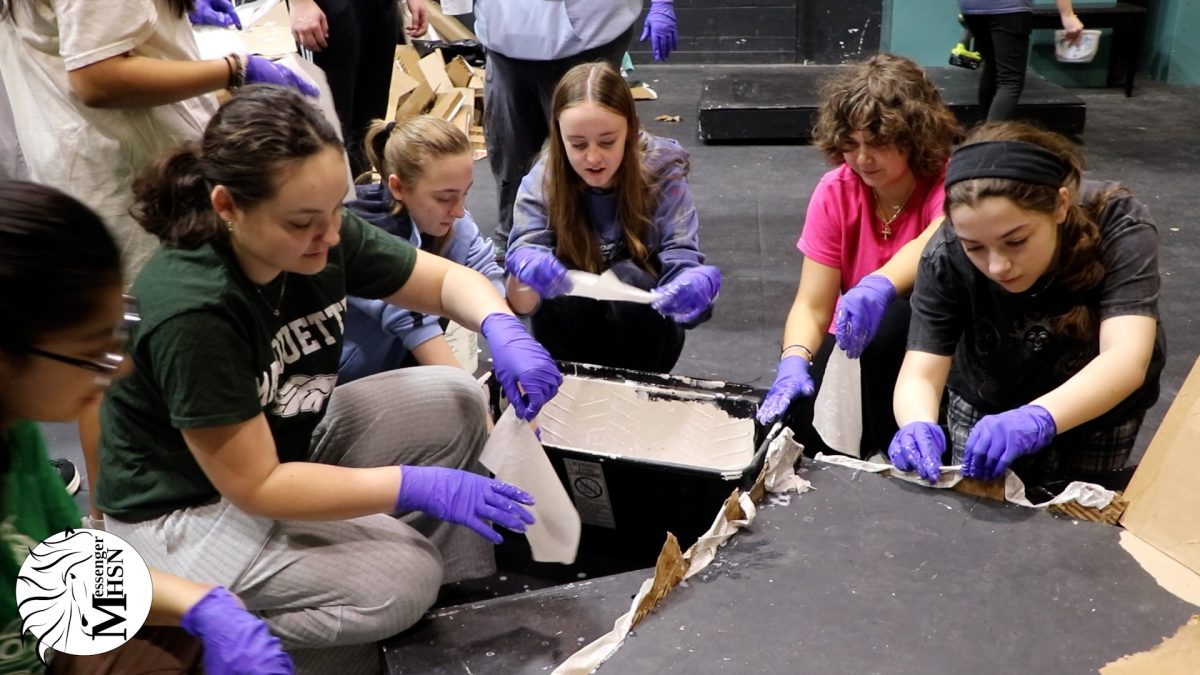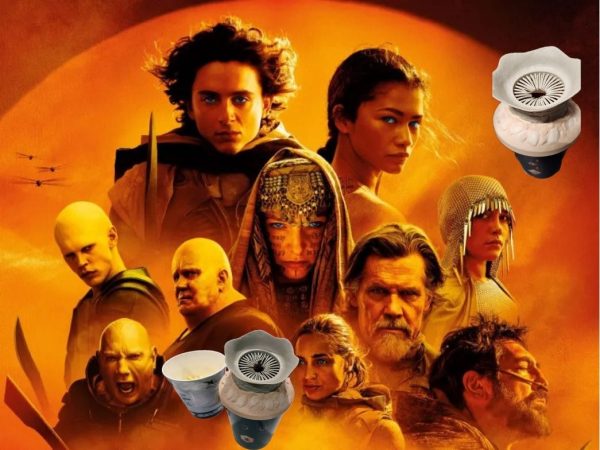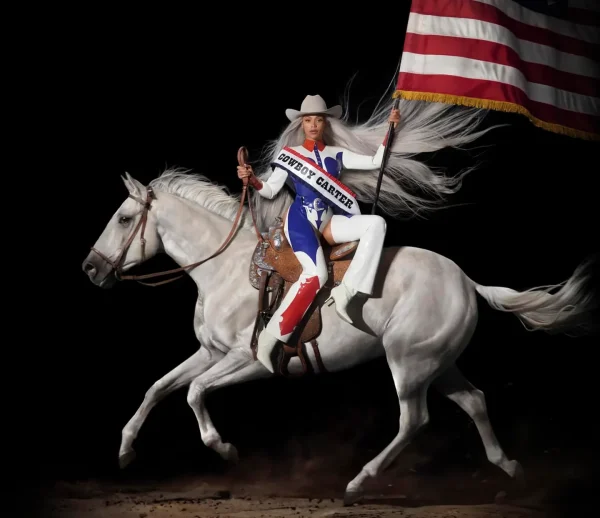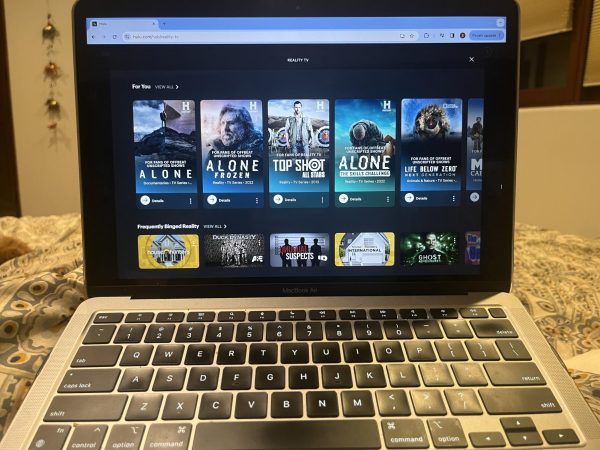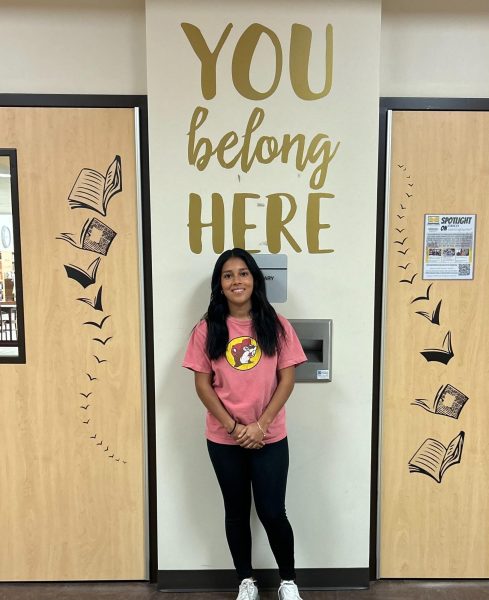1968 v. 2020: Parallels from the mind of Aaron Sorkin
Courtesy of Bea A Corson/Wikimedia
Hundreds of protestors gathered in Grant Park to protest the Vietnam War during the 1968 Democratic Nominating Convention in Chicago, Ill.
October 22, 2020
Netflix began streaming The Trial of the Chicago 7, written and directed by Aaron Sorkin, on Oct. 16. The movie chronicles one of the nation’s most notable federal trials and the events leading up to it, painting a picture of America in 1968 that is extremely reminiscent of the present.
The trial of the Chicago Seven is the story of a trial and judge so infuriating that it made a pacifist punch a bailiff and left the lead defense attorney, his co-counsel and his clients with a total of 175 counts of contempt for court.
The film portrays not only the protests turned riots, but also the five month trial of the eight men indicted for conspiracy due to their involvement with the 1968 DNC riots. Their names are Abbie Hoffman, Jerry Rubin, David Dellinger, Tom Hayden, Rennie Davis, John Froines, Lee Weiner and Bobby Seale.
Sorkin masterfully depicts the events that transpired the summer of 1968 in Chicago. He mixes flashbacks to the protest from the perspective of the seven men, cut with real black and white footage of the riots in 1968, with the testimony of witnesses in court, taken directly from the trial transcripts, and the recalling of events by Abbie Hoffman in the form of his standup gigs, which he did at night during the trial.
The scenes depicted in the film parallel harrowingly similar sights frequently seen today, over 50 years later. The brute force exhibited by the police and national guard, the use of tear gas and other extreme crowd control measures on protestors, the removal of badges and name tags by officers as they corner civilians. It’s all too familiar.
The scenes depicted in the film parallel harrowingly similar sights frequently seen today, over 50 years later.
It all calls back to the central question of the defense in the trial: Were the riots caused by the police?
The Democratic Nominating Convention of 1968 brought with it a surge of discontent from what was called the “radical left.” Hubert Humphrey was to be nominated the Democratic candidate, as Bobby Kennedy, the previously favored candidate, had been assassinated.
Those who were supportive of Kennedy’s platforms, specifically his anti-Vietnam War sentiments, were wildly displeased with the platform of the Democratic candidate they were now being given. Thus, they did as all Americans have been known to do when unhappy with their governing body, and they planned a protest.
Abbie Hoffman and Jerry Rubin, a WHHS alum, portrayed by Sacha Baron Cohen and Jeremy Strong respectively, were the leaders of the Youth International Party, also known as Yippies, in 1968 and helped plan the protests. Tom Hayden and Rennie Davis, played by Eddie Redmayne and Alex Sharp, were the leaders of the organization Students for a Democratic Society (SDS), and helped plan the protests. David Dellinger, played by John Carroll Lynch, was a pacifist and conscientious objector of the Vietnam War, and helped plan the protest. John Froines and Lee Weiner, played by Daniel Flaherty and Noah Robbins, were student organizers and helped plan the protest minimally, and they were the only two of the Chicago Seven to not be convicted of inciting riots.
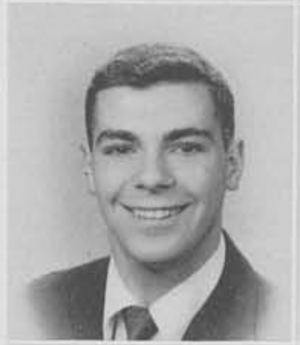
(Courtesy of The Remembrancer)
The eighth man indicted for conspiracy was Bobby Seale, portrayed by Yahya Abdul-Mateen II, co-founder and chairman of the Black Panthers. Despite not being involved in the planning of the protest at all and only being in Chicago for two days, he was still charged and tried with the other seven men. Seale was not only denied his right to legal representation by Judge Julius Hoffman, but also bound and gagged in the courtroom by the order of the judge. These drastic measures were taken by the judge in response to Seale’s outbursts demanding the trial be postponed until his lawyer was out of the hospital or that he be allowed to represent himself, both of which had been continuously denied by the judge. Eventually Judge Hoffman declared Seale’s trial a mistrial and his case was severed from the other seven men’s.
Judge Hoffman is looked back on as wildly unqualified and biased, as he treats the defendants as guilty from the moment they walk into the courtroom, especially Seale, denying him his basic constitutional rights and dehumanizing him in front of the whole court, presumably because of his race. He demands respect for himself and the court from the defendants, something they have no intention of giving him, as they grow impatient with his blatant bias and behavior, such as when he continuously prevented the jury from seeing pieces of evidence and hearing testimony that supported the defense’s claims. This led to the judge levying a total of 175 counts of contempt, 24 of which were toward the lead defense attorney, William Kunstler, portrayed by Mark Rylance.
The defendants, specifically Abbie Hoffman and Jerry Rubin, were known for their irreverent humor and anti-establishment ideals, so they made no effort to give the judge the order and respect he so desired, much to the chagrin of other members of the seven, such as Tom Hayden.
This irreverence is demonstrated in a scene from the movie that may be assumed to be supplied by the creative mind of writer/director Aaron Sorkin, but was actually taken directly from the court transcripts. In the scene, Hoffman and Rubin appear in court in judicial robes, only to be removed to reveal police uniforms underneath.
After nearly five months, the trial verdict was finally reached. It acquitted all seven men of conspiracy charges, but convicted Hoffman, Rubin, Hayden, Dellinger and Davis of inciting riots. In addition to the contempt charges, Judge Hoffman gave each of them five year sentences in federal prison.
These sentences were later overturned in the U.S. Court of Appeals on account of Judge Hoffman’s bias, but the trial remains one of the most prominent in U.S. history.
By telling the story of this trial, the film acts not only as a commentary on First Amendment rights and police brutality in the ‘60s, but also in 2020. So many of the incidents then parallel events from 2020 itself. Corruption and violence have been used as tools by the judicial system and police force to suppress Americans’ First Amendment rights for decades, especially for people of color. History has a habit of repeating itself, but we have the power to make sure that this time it doesn’t.
This story was originally published on The Chatterbox on October 20, 2020.



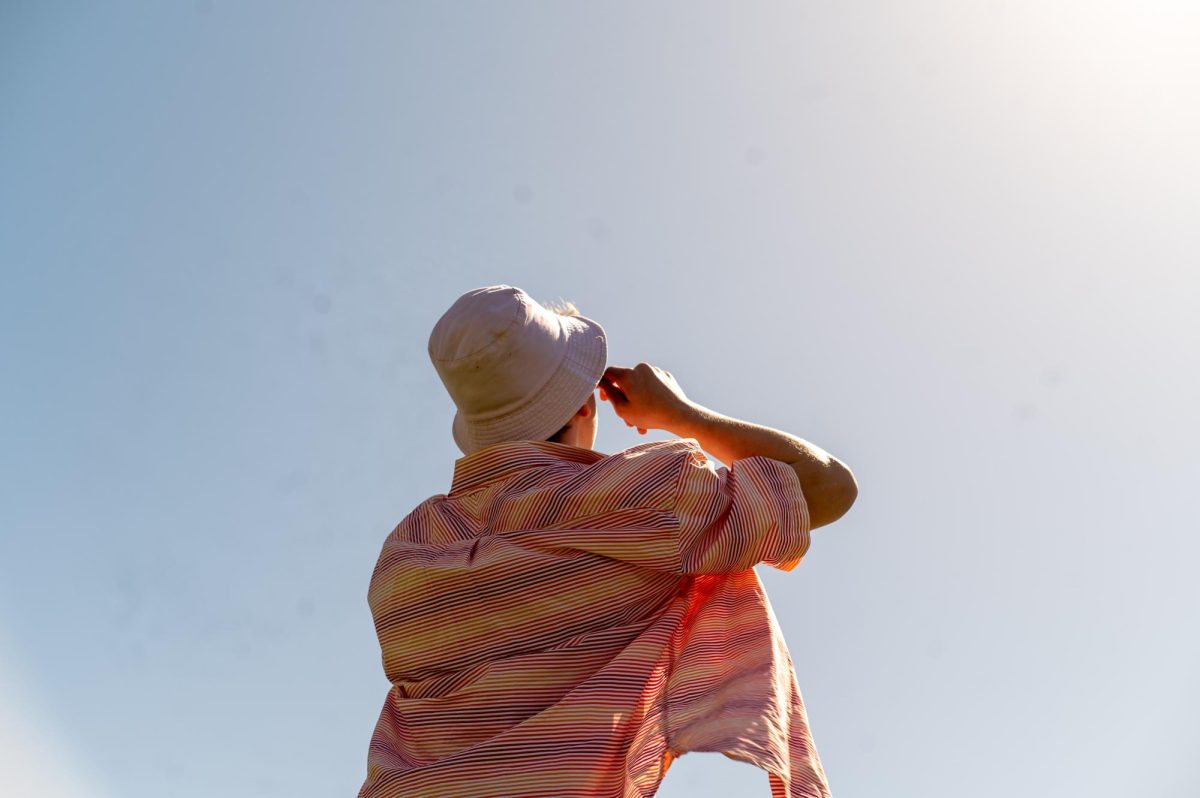







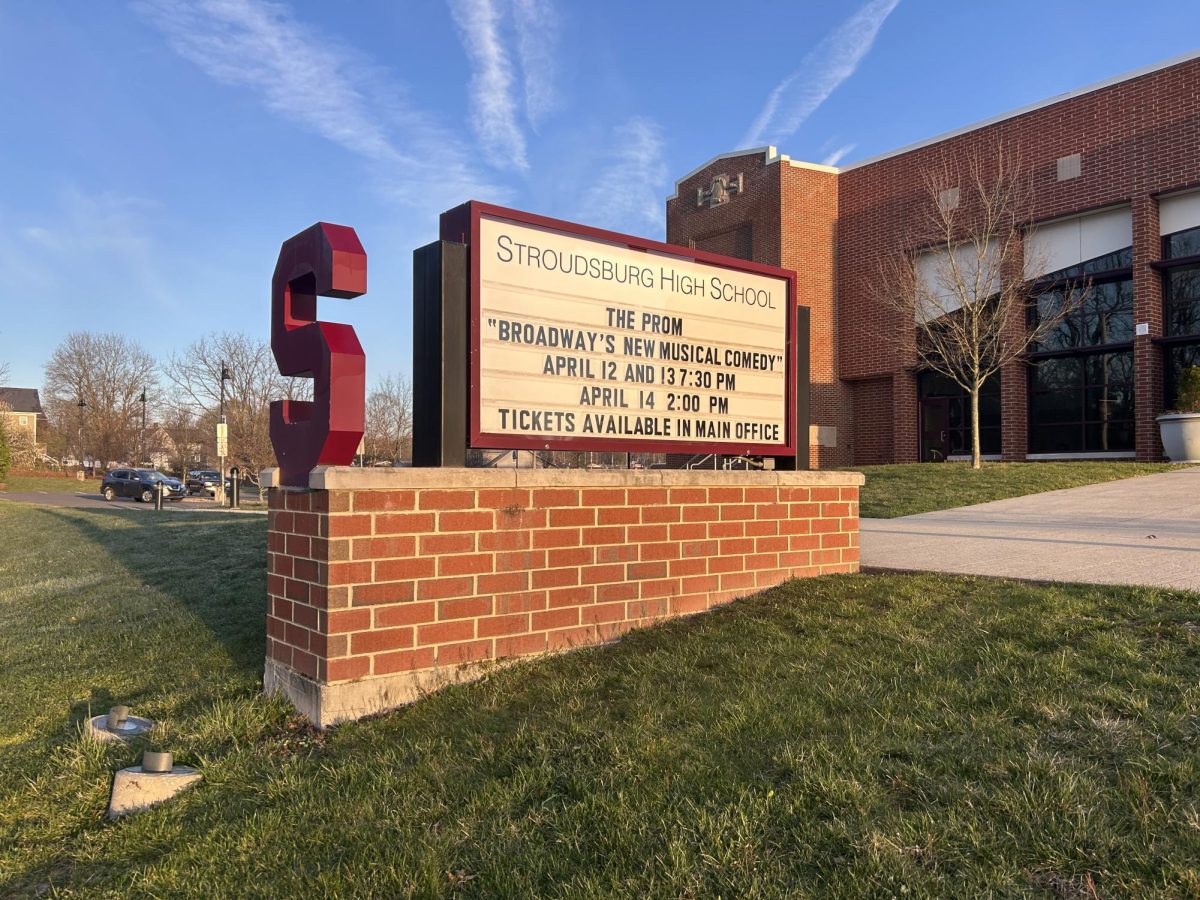
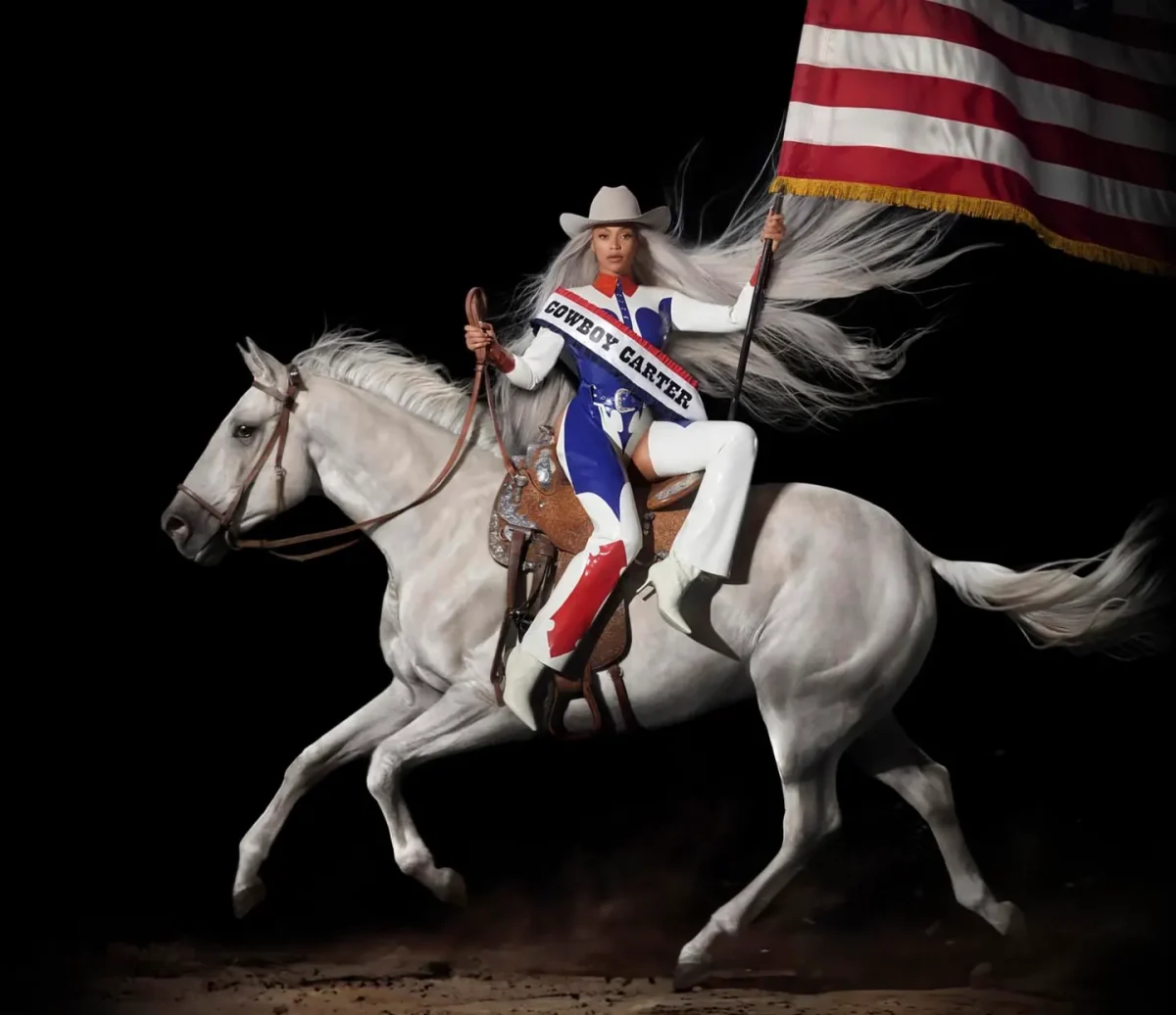















![IN THE SPOTLIGHT: Junior Zalie Mann performs “I Love to Cry at Weddings,” an ensemble piece from the fall musical Sweet Charity, to prospective students during the Fine Arts Showcase on Wednesday, Nov. 8. The showcase is a compilation of performances and demonstrations from each fine arts strand offered at McCallum. This show is put on so that prospective students can see if they are interested in joining an academy or major.
Sweet Charity originally ran the weekends of Sept. 28 and Oct. 8, but made a comeback for the Fine Arts Showcase.
“[Being at the front in the spotlight] is my favorite part of the whole dance, so I was super happy to be on stage performing and smiling at the audience,” Mann said.
Mann performed in both the musical theatre performance and dance excerpt “Ethereal,” a contemporary piece choreographed by the new dance director Terrance Carson, in the showcase. With also being a dance ambassador, Mann got to talk about what MAC dance is, her experience and answer any questions the aspiring arts majors and their parents may have.
Caption by Maya Tackett.](https://bestofsno.com/wp-content/uploads/2024/02/53321803427_47cd17fe70_o-1-1200x800.jpg)
![SPREADING THE JOY: Sophomore Chim Becker poses with sophomores Cozbi Sims and Lou Davidson while manning a table at the Hispanic Heritage treat day during lunch of Sept 28. Becker is a part of the students of color alliance, who put together the activity to raise money for their club.
“It [the stand] was really fun because McCallum has a lot of latino kids,” Becker said. “And I think it was nice that I could share the stuff that I usually just have at home with people who have never tried it before.”
Becker recognizes the importance of celebrating Hispanic heritage at Mac.
“I think its important to celebrate,” Becker said. “Because our culture is awesome and super cool, and everybody should be able to learn about other cultures of the world.”
Caption by JoJo Barnard.](https://bestofsno.com/wp-content/uploads/2024/01/53221601352_4127a81c41_o-1200x675.jpg)



